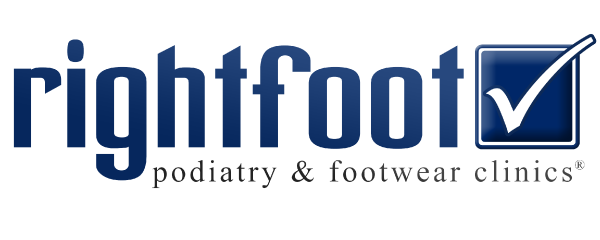HEEL PAIN
There are many different causes for heel pain. Symptoms can involve the heel bone itself, the soft tissue that attaches to it or the nerves that course around it. There are also various rheumatic and systemic conditions that can result in heel pain. The most common (and often over diagnosed) cause of heel pain is a condition that was referred to as “heel spur syndrome” but is now known as plantar fasciitis.
Plantar Fasciitis
Plantar Fasciitis is often described as “A sharp pain that hits when first standing from lying down or sitting position. A stone bruise type pain or burning arches may also accompany this condition. This pain seems to get better as you warm up or walk it out, but remains as a dull ache when standing for long periods. The pain returns again next morning or following the next rest”.
This is an extremely common problem experienced by a wide variety of people. The most common cause for this problem is excessive rolling in of the feet (excess pronation). When the feet roll inwards the arch collapses and the foot elongates. This elongation stretches all of the structures on the bottom of the foot (ligament, muscles and nerves).
The plantar fascia is the main ligament on the underside of the foot. It runs from the heel to just behind the toes. When the foot is properly aligned the plantar fascia and the bones of the foot control the arch position and prevent arch collapse. When the foot is not properly aligned the bones of the foot unlock and the role of arch support is left entirely up to the plantar fascia. The plantar fascia alone is unable to maintain the arch contour and with overuse becomes painful and inflamed.
Please be aware that plantar fasciitis is only one cause of heel pain from many, it is important you consult with a podiatrist to be sure of the diagnosis. If you do in fact have plantar fasciitis, you’ll need the expertise of a podiatrist to identify the cause of the condition and what treatment measures you will require. Of course, if there is a biomechanical or functional cause, it is imperative that mechanical correction is implemented accurately and safely.
